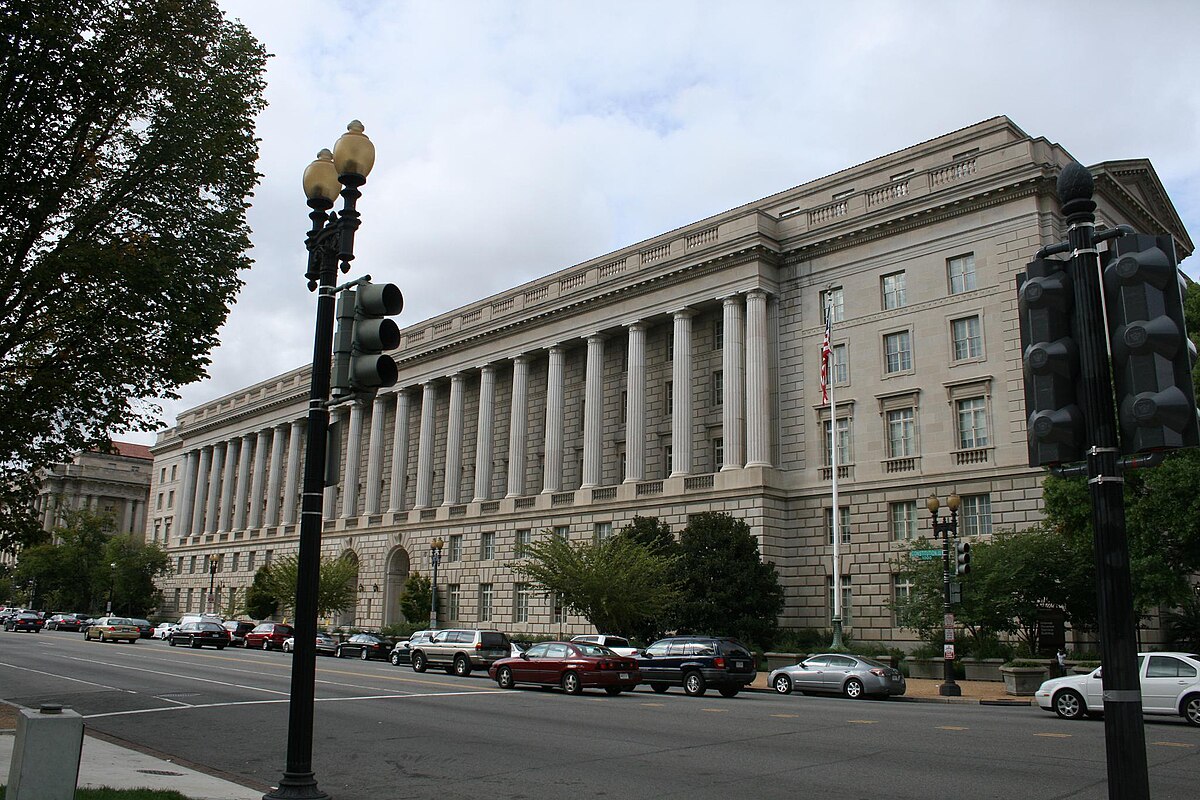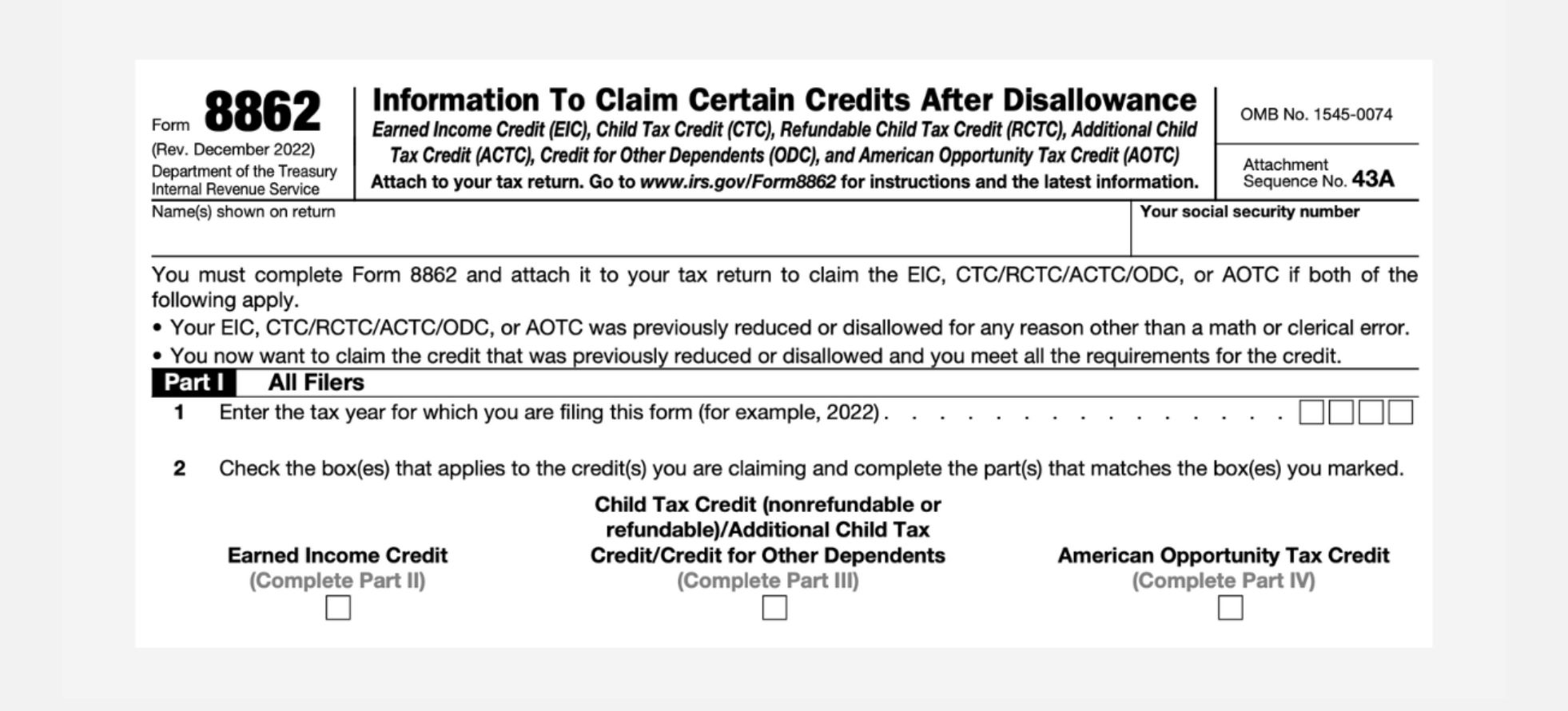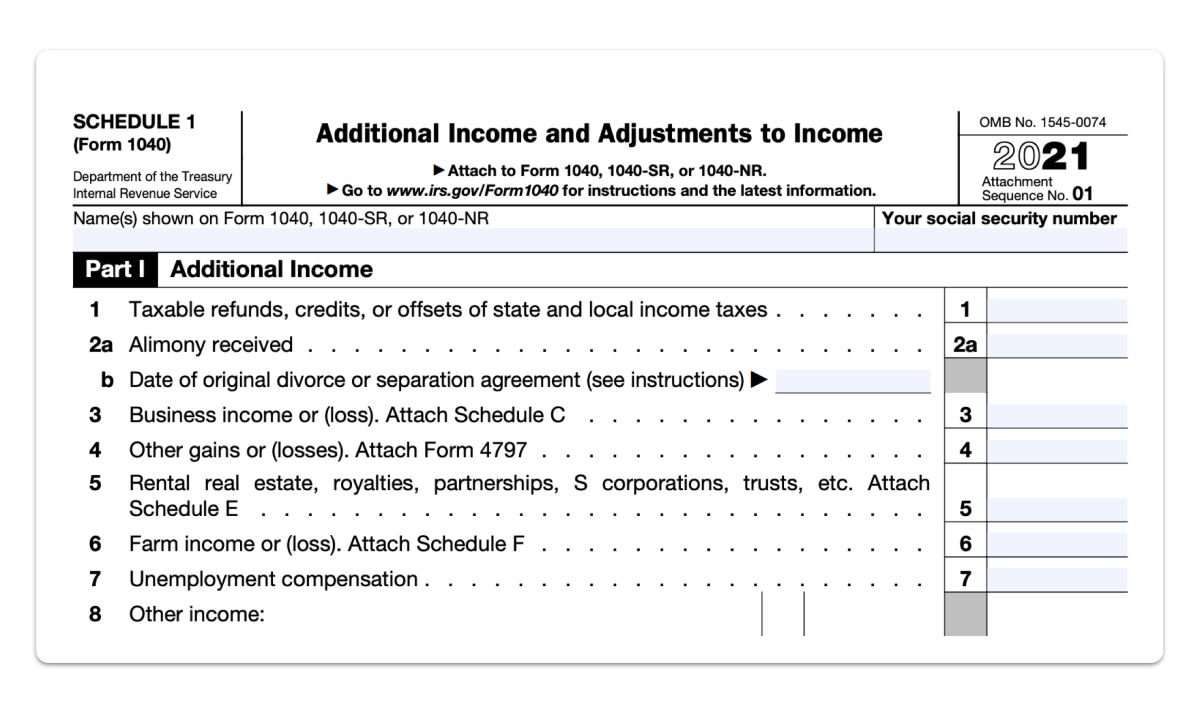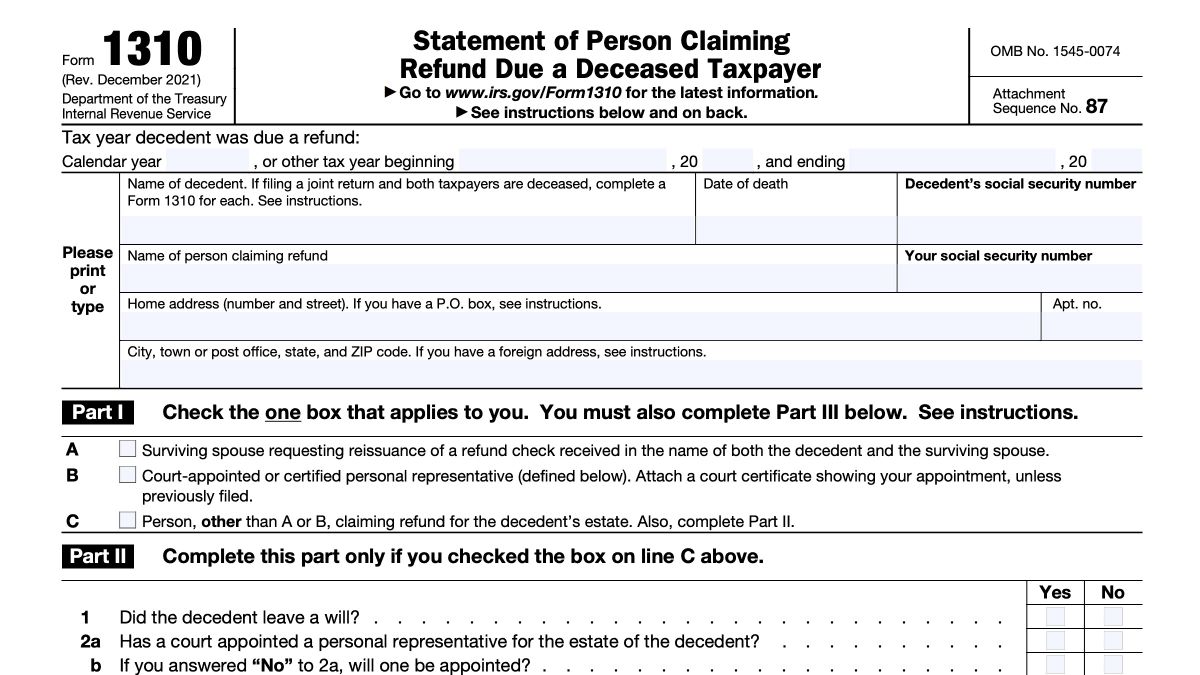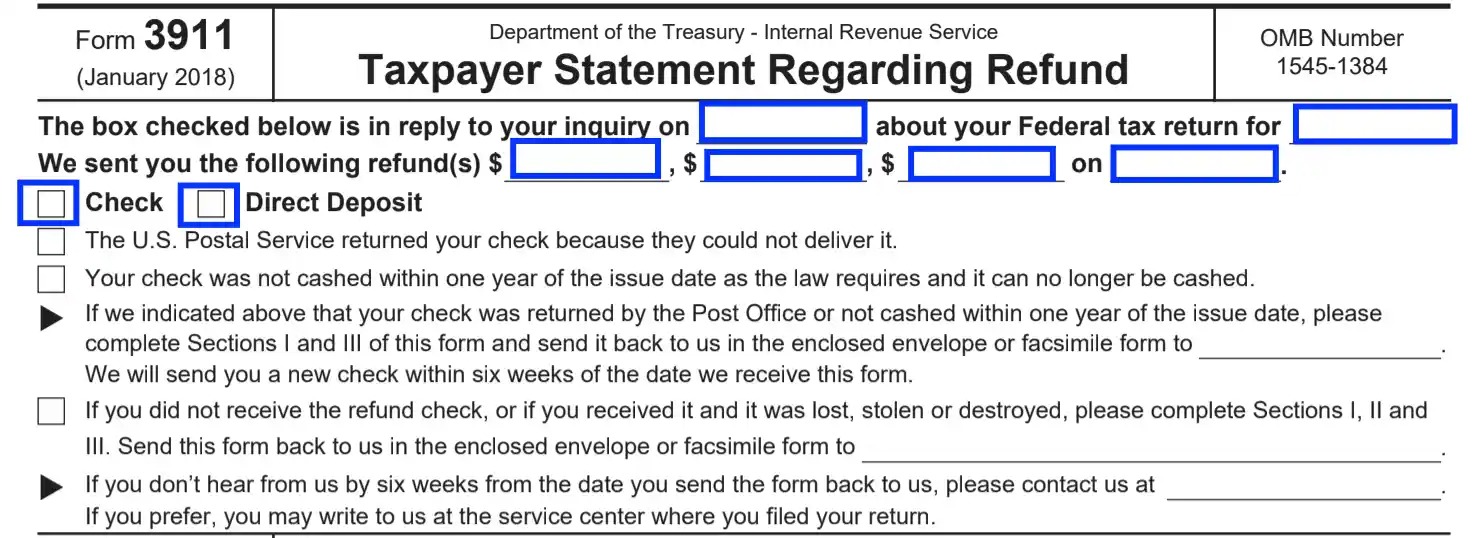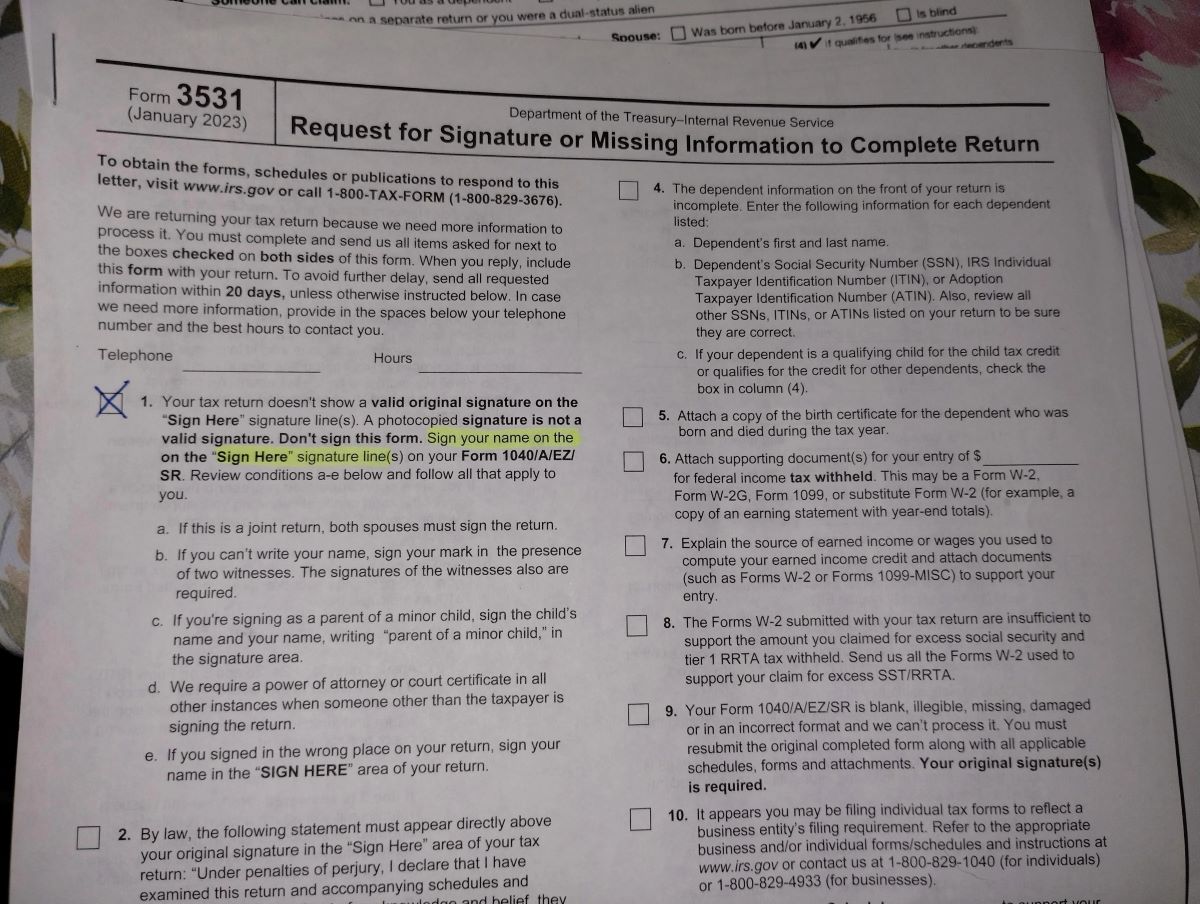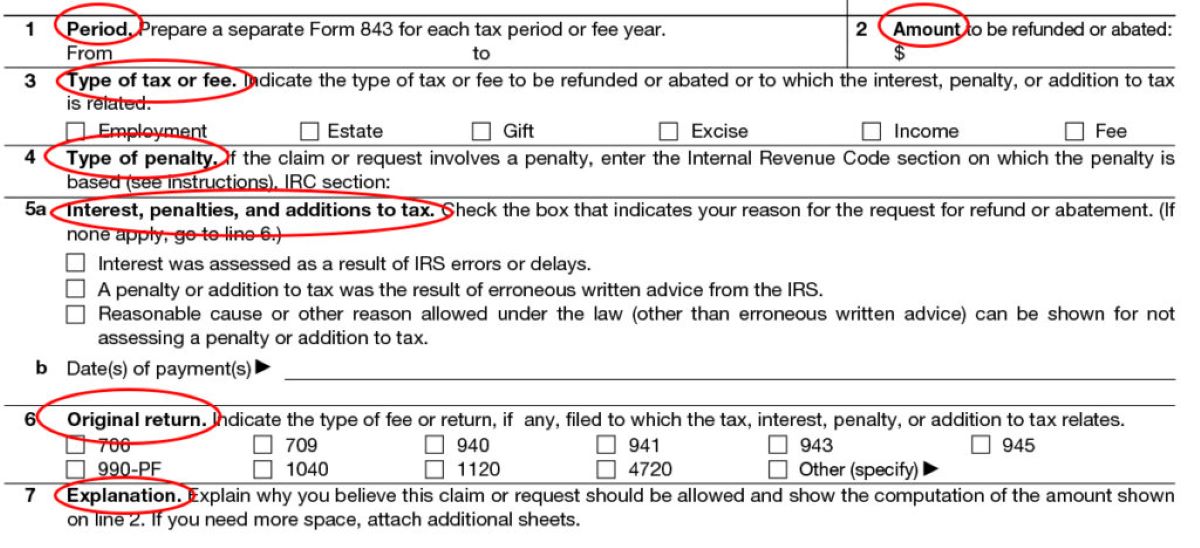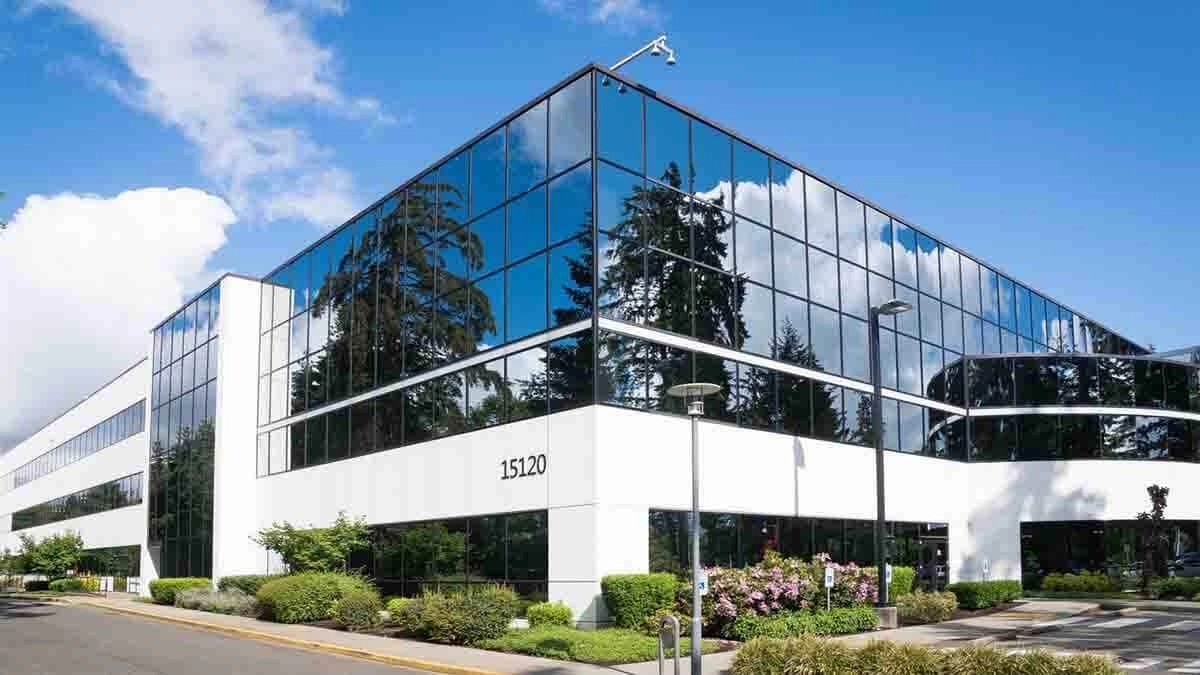

Finance
Where Is The IRS Headquarters?
Published: November 1, 2023
Looking for the IRS Headquarters? Find out the location of this finance institution and get all the information you need in one place.
(Many of the links in this article redirect to a specific reviewed product. Your purchase of these products through affiliate links helps to generate commission for LiveWell, at no extra cost. Learn more)
Table of Contents
Introduction
The Internal Revenue Service (IRS) is the United States government agency responsible for collecting taxes and enforcing tax laws. It plays a crucial role in ensuring the financial stability and functioning of the country. As such, the IRS headquarters holds a significant place in the operations of the agency.
Established in 1862, the IRS has evolved into a central authority for managing and regulating the nation’s tax system. Over the years, it has had various locations for its headquarters before settling on its current one. The IRS headquarters serves as the nerve center for overseeing tax administration, policy formulation, and enforcement activities.
In this article, we will delve into the history of the IRS, explore the location of its headquarters, provide the address, and discuss the importance of its strategic location. Whether you are a tax professional or simply curious about the inner workings of the IRS, understanding the significance of its headquarters offers valuable insights into the agency’s operations.
Brief history of the IRS
The history of the Internal Revenue Service dates back to the American Civil War in 1862 when President Abraham Lincoln and Congress established the agency to fund the war effort. Originally named the Commissioner of Internal Revenue, the agency’s primary purpose was to collect taxes on behalf of the federal government.
Over the years, the IRS has undergone several transformations and reorganizations. Initially, it operated within the Department of the Treasury, but in 1953, it became a separate entity under the Commissioner of Internal Revenue. In 1954, the agency’s name was officially changed to the Internal Revenue Service.
Throughout its history, the IRS has faced numerous challenges and controversies, including tax evasion scandals, allegations of political targeting, and calls for tax reform. These events have shaped the agency’s policies and procedures, ultimately leading to the establishment of its headquarters in the current location.
Understanding the historical context of the IRS is crucial in comprehending the significance of its headquarters. The agency’s growth and evolution have been directly tied to the changing tax laws, economic climate, and societal demands. Today, the IRS is not only responsible for collecting taxes but also for administering tax benefits, enforcing tax regulations, and providing taxpayer assistance and education.
Location of the IRS Headquarters
The IRS headquarters is located in Washington, D.C., the capital of the United States. It is situated in the northwest quadrant of the city, specifically in the Foggy Bottom neighborhood. The headquarters building occupies a prominent spot on Constitution Avenue, just a few blocks away from the White House and other government agencies.
The decision to establish the IRS headquarters in Washington, D.C., was driven by several factors. Firstly, being in close proximity to other government departments and agencies allows for efficient coordination and collaboration on matters related to taxation and fiscal policy. Additionally, the prime location provides easy access for congressional oversight and involvement in IRS affairs.
The IRS headquarters building itself is a modern and imposing structure that reflects the agency’s importance and significance. It houses various departments and divisions responsible for different aspects of tax administration and enforcement. From tax law and interpretation to taxpayer services and compliance, the headquarters serves as a hub for IRS activities.
Furthermore, being located in the nation’s capital means that the IRS headquarters plays a crucial role in shaping tax policy and working closely with policymakers. It provides a centralized location for IRS officials to interact with lawmakers, lobbyists, and other stakeholders involved in the decision-making process.
Moreover, the headquarters’ location enhances the agency’s ability to attract highly skilled professionals from diverse backgrounds. Washington, D.C., offers a vibrant and diverse talent pool, including individuals with expertise in tax law, finance, economics, and other related fields.
To ensure effective communication and engagement with taxpayers, the IRS headquarters in Washington, D.C., is also equipped with modern technology and infrastructure. This allows for efficient processing of tax returns, dissemination of information, and timely responses to taxpayer queries and concerns.
Overall, the strategic location of the IRS headquarters in Washington, D.C., provides numerous benefits in terms of collaboration, policy influence, and access to talent. It serves as a physical manifestation of the agency’s importance and its role in shaping the nation’s tax system.
Address of the IRS Headquarters
The address of the IRS headquarters in Washington, D.C., is 1111 Constitution Ave NW, Washington, DC 20224, USA. This prominent location places the headquarters in close proximity to other government agencies, making it easily accessible to employees, taxpayers, and stakeholders.
The headquarters building, situated on Constitution Avenue, is a prominent landmark in the Foggy Bottom neighborhood. It is easily recognizable with its modern design and the IRS seal displayed prominently on its exterior.
As the hub for IRS operations, the headquarters accommodates various departments and divisions responsible for tax administration. Tax professionals, lawyers, and support staff work together to ensure the efficient functioning of the agency and the enforcement of tax laws.
The address of the IRS headquarters serves as the central point of contact for individuals and businesses seeking assistance, submitting documentation, or interacting with the agency. Taxpayers can visit the headquarters if they need to resolve complex tax issues, have face-to-face meetings with IRS representatives, or attend scheduled appointments.
It’s important to note that visiting the IRS headquarters may require prior arrangements, as certain areas may have restricted access for security reasons. Taxpayers are encouraged to consult the official IRS website or contact the local IRS office to make appropriate arrangements before planning a visit.
Additionally, taxpayers who wish to communicate with the IRS headquarters remotely can do so through various channels. These include phone, mail, or online resources. The IRS website provides extensive information on how to contact the agency, access services, and find answers to frequently asked tax-related questions.
Whether it’s in-person visits, written correspondence, or virtual interactions, the address of the IRS headquarters serves as the primary point of contact for taxpayers and stakeholders. It represents the physical location where critical tax-related matters are addressed, ensuring the smooth functioning of the agency and the provision of efficient taxpayer services.
How to get to the IRS Headquarters
Getting to the IRS headquarters in Washington, D.C., is relatively easy due to its central location and excellent transportation infrastructure. Whether you are a taxpayer, employee, or stakeholder, there are several convenient transportation options available.
Public transportation is a popular and efficient way to reach the IRS headquarters. The building is located near several Metro stations, making it easily accessible by subway. The closest Metro stations include Federal Triangle, Metro Center, and McPherson Square, all within walking distance of the headquarters.
For those driving to the IRS headquarters, there are parking options available nearby. However, parking in downtown Washington, D.C., can be limited and expensive. It is advisable to consider alternative transportation methods, especially during peak hours or when attending scheduled appointments at the IRS offices.
Additionally, various bus routes operate in the area, providing additional transportation options. The Washington Metropolitan Area Transit Authority (WMATA) operates a comprehensive bus network that serves downtown Washington, D.C., including stops near the IRS headquarters. Consult the WMATA website or use smartphone apps for convenient route planning and real-time bus arrival information.
If you prefer cycling, Washington, D.C., offers an extensive bike-sharing program called Capital Bikeshare. With multiple docking stations located throughout the city, including near the IRS headquarters, it provides a convenient and eco-friendly option for commuting.
For those traveling from out of town or from a further distance, the Ronald Reagan Washington National Airport and Union Station are the major transportation hubs in Washington, D.C. Both locations offer various ground transportation options, including taxis, rideshare services, and public transportation, to reach the IRS headquarters.
It is always recommended to plan your journey in advance and consider factors such as traffic, weather conditions, and possible delays. The IRS website or contacting the local IRS office can provide additional information and guidance on transportation options and any specific requirements for accessing the headquarters.
Overall, whether you choose to utilize public transportation, drive, cycle, or utilize a combination of different modes of transportation, reaching the IRS headquarters in Washington, D.C., is convenient and accessible for employees, taxpayers, and other stakeholders.
Importance of the IRS Headquarters Location
The location of the IRS headquarters in Washington, D.C., holds significant importance due to its proximity to other government agencies and its role in shaping tax policy and administration. Here are some key reasons why the headquarters location is of utmost importance:
- Coordination and Collaboration: Being in close proximity to other government departments and agencies fosters efficient coordination and collaboration. The IRS frequently interacts with entities such as the Treasury Department, Congress, and the White House, allowing for streamlined communication and decision-making on tax-related matters.
- Policy Influence: The IRS headquarters’ location in the nation’s capital enables the agency to actively participate in the development and implementation of tax policies. Its close proximity to lawmakers provides opportunities to engage in discussions, provide expertise, and contribute to shaping tax legislation that affects the entire nation.
- Access to Talent: Washington, D.C., attracts a pool of highly skilled professionals in fields such as tax law, finance, and economics. The headquarters location allows the IRS to tap into this talent pool, recruiting individuals with the expertise needed to carry out its mission effectively.
- Societal Impact: The IRS plays a crucial role in funding government programs and ensuring the financial stability of the country. Being located in the heart of the nation’s capital emphasizes the agency’s significance and enhances its visibility and impact on society.
- Public Engagement: The IRS headquarters’ location facilitates engagement with taxpayers, both individuals and businesses. It allows for easier access to IRS offices, enabling face-to-face consultations and interactions. This direct engagement enhances trust, transparency, and accountability between the agency and the public.
- Economic Effects: The presence of the IRS headquarters contributes to the local economy by providing employment opportunities and attracting businesses that cater to the needs of IRS staff and taxpayers. This includes restaurants, transport services, and professional service providers, thus stimulating economic activity in the surrounding areas.
The location of the IRS headquarters in Washington, D.C., is strategically chosen to maximize the agency’s effectiveness in serving the American public and upholding tax compliance. Its proximity to government entities, policy-making institutions, and a wellspring of talent reinforces the IRS’s significance and impact on tax administration and fiscal policy.
Conclusion
The IRS headquarters in Washington, D.C., serves as the central hub for administering and enforcing the nation’s tax laws. Its strategic location in the capital city provides numerous benefits, including close collaboration with other government agencies, policy influence, and access to a talented workforce.
Over the years, the IRS headquarters has played a pivotal role in shaping tax policy and ensuring effective tax administration. Its proximity to decision-makers and lawmakers allows for regular engagement and input in the development of tax legislation.
Furthermore, the headquarters’ location facilitates public engagement, making it easier for taxpayers to access IRS offices and seek assistance when needed. This direct interaction promotes transparency, trust, and accountability between the agency and the public.
Additionally, the IRS headquarters’ location contributes to the local economy by providing employment opportunities and attracting businesses that cater to the needs of IRS staff and taxpayers.
In conclusion, the location of the IRS headquarters in Washington, D.C., is not just a geographic designation, but a strategic move to enhance the agency’s effectiveness and impact. It symbolizes the agency’s importance in the nation’s tax system, acting as a prominent center for tax administration, policy formulation, and public engagement.
Understanding the significance of the IRS headquarters location provides valuable insights into the agency’s operations and the vital role it plays in ensuring the financial stability and functioning of the United States government.
